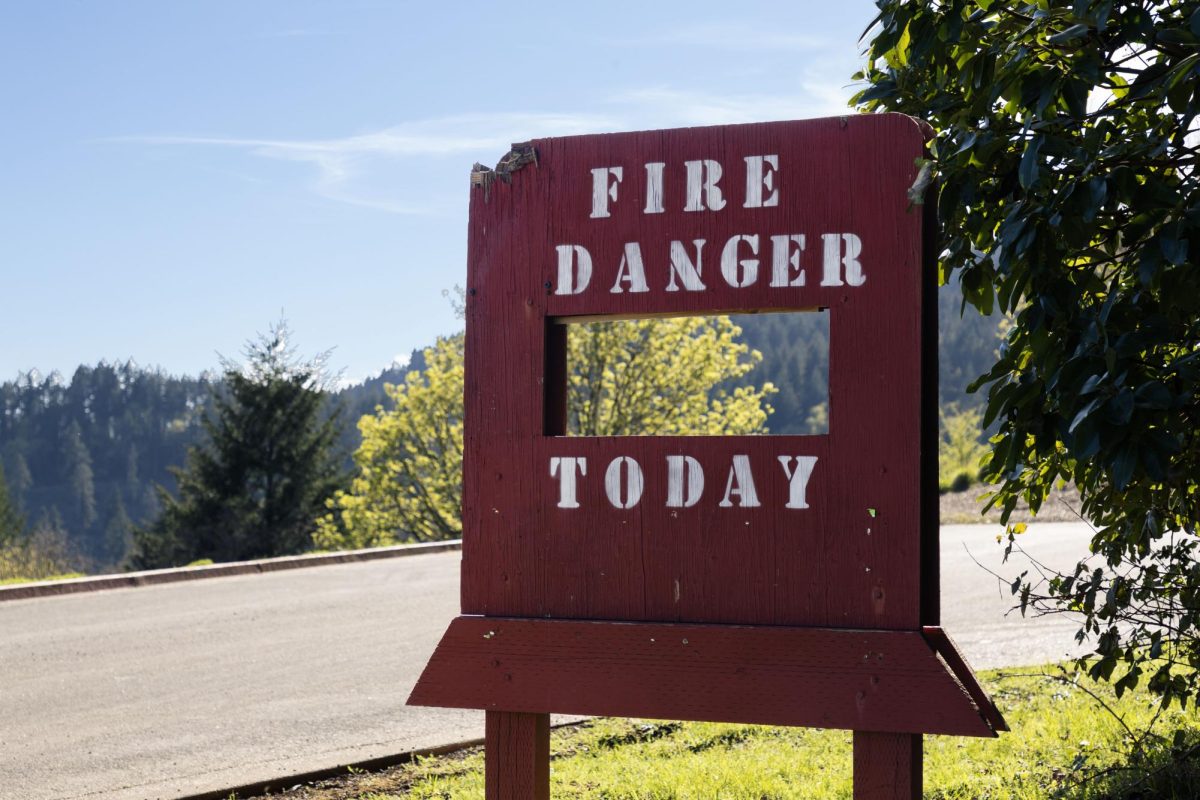In an era saturated with discussions on the impacts of climate change, understanding the direct effects of these climate shifts on our campus in Corvallis and the surrounding area is crucial.
According to Associate Oregon State Climatologist Nick Siler, it can be difficult to properly recognize signs of climate change in Oregon due to a wide range of variability in the state’s precipitation patterns.
“Any climate change signal can take a long time to emerge,” Siler said.
However, through climate model projections, climatologists are able to recognize patterns to make predictions.
“Summers will likely get drier… so the duration of the wet season might become shorter,” Siler said. “We refer to that as the sharpening of the seasons.”
Siler added that this “sharpening” of the seasons will likely impact people living in Corvallis through heightened temperatures in the summer, amplifying the likelihood of heat waves and drought throughout Western Oregon.
These “sharper” summers will have a much higher impact on those without central air conditioning in their homes.
According to recent research by The Oregon Department of Energy, 58% of vulnerable housing units in Oregon do not have sufficient cooling equipment in their homes to stay cool.
But, the temperature won’t be our only concern. As temperatures become more extreme in the dry season, drought is likely to follow.
“We’ve done projections of future drought, and in general, the frequency, duration and severity of drought is likely to increase across much of the state in the future,” said Erica Fleishman, director of the Oregon Climate Change Research Institute.
In terms of impact, increased drought can mean many, many things. From sustaining life and agriculture to minimizing the risk of waterborne illnesses, an adequate water supply is crucial for the well-being of plants, animals and people alike.
“There is nothing that is not, at some level, affected by ‘too little’ water,” Fleishman said.
Dry conditions exacerbated by drought or water scarcity also create a much more combustible environment, increasing the risk of wildfire.
According to Siler, our attention shouldn’t be focused solely on the daytime high temperatures in the dry season. Instead, it’s the nighttime temperatures that makes wildfire risk more potent.
“The increase in overnight (temperatures) has definitely enhanced wildfire activity during the nighttime,” Siler said, “There’s no doubt that wildfire risk is increasing, and we’ve seen that in the intensity and number of acres burned.”
While Corvallis itself is unlikely to directly experience wildfires, smoke from fires in surrounding areas can significantly impact air quality.
Despite these impacts from climate events, Siler remains optimistic that Oregon will still be a great place to live.
“I think that there are reasons to be optimistic, not just in terms of local impact, but because at the national and global stage, we are finally making progress toward reducing emissions,” Siler said.














